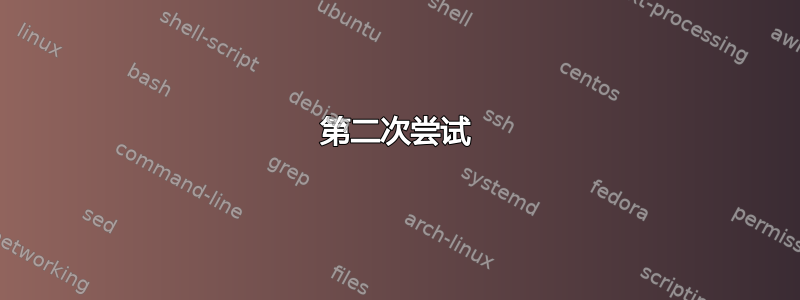
答案1
第二次尝试
这是在 pgfplots 中绘制序列的一种方法。
输出
代码
\documentclass[tikz]{standalone}
\usepackage{pgfplots}
\usepackage{pgfplotstable}
\usepackage{filecontents}
\begin{filecontents*}{datafile.dat}
u v
0.200000 0.200000
0.320000 0.480000
0.435200 0.748800
0.491602 0.564296
0.499859 0.737598
0.500000 0.580641
0.500000 0.730491
0.500000 0.590622
0.500000 0.725363
0.500000 0.597634
0.500000 0.721403
0.500000 0.602943
0.500000 0.718208
0.500000 0.607155
0.500000 0.715553
0.500000 0.610610
0.500000 0.713296
0.500000 0.613514
0.500000 0.711343
0.500000 0.616002
\end{filecontents*}
\begin{document}
\begin{tikzpicture}
\begin{axis}
[
xmin=0,
ymin=0,
height=15cm,
axis x line = bottom,
axis y line = left,
enlarge y limits={value=0.3,upper},
]
\addplot +[only marks,] table[x expr=\coordindex+1,y index=0] {datafile.dat};
\addplot +[only marks,] table[x expr=\coordindex+1,y index=1] {datafile.dat};
\end{axis}
\end{tikzpicture}
\end{document}
第一次尝试
我认为如果我直接回答而不是争论的话会更快......
然后您可以告诉我们这是否是您所需要的。
输出
代码
\documentclass[12pt,tikz,border=0pt]{standalone}
\usepackage{pgfplots}
\begin{document}
\begin{tikzpicture}
\begin{axis}
[
domain = 0:1,
axis lines = center,
]
\foreach \a in {.2,.5, 1, 2}
{
\addplot+[mark=none] {\a*x*(1-x)};
}
\end{axis}
\end{tikzpicture}
\end{document}





